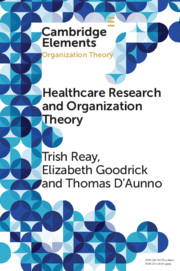Machine learning (ML) provides the ability to examine massive datasets and uncover patterns within data without relying on a priori assumptions such as specific variable associations, linearity in relationships, or prespecified statistical interactions. However, the application of ML to healthcare data has been met with mixed results, especially when using administrative datasets such as the electronic health record. The black box nature of many ML algorithms contributes to an erroneous assumption that these algorithms can overcome major data issues inherent in large administrative healthcare data. As with other research endeavors, good data and analytic design is crucial to ML-based studies. In this paper, we will provide an overview of common misconceptions for ML, the corresponding truths, and suggestions for incorporating these methods into healthcare research while maintaining a sound study design.


